Q Report Team
10 Classic Watches Every Collector Should Own
Are you dreaming of building a classic watch collection? With so many iconic .
Explore Q Report's Content Centre for expert advice on jewellery insurance. You can also read e-guides and blogs, watch videos and more.
Q Report Team

Vintage watches are more than just timepieces—they’re a glimpse into the artistry, innovation, and history of bygone eras. Collecting these iconic pieces has grown into a cherished hobby for enthusiasts worldwide, combining the thrill of discovery with the satisfaction of owning a unique artefact. Whether you’re drawn to the craftsmanship of a mid-century Rolex, the elegance of a 1930s Patek Philippe, or the charm of a forgotten brand, vintage watches hold a timeless allure.
But what makes vintage watches so special? Beyond their aesthetic and functional appeal, they carry stories—of the eras in which they were crafted, the people who wore them, and the milestones they marked. For collectors, every piece is a blend of heritage, art, and precision engineering, offering both personal joy and potential financial value.
In this guide, we’ll explore the essentials of vintage watch collecting, from understanding their history and identifying key features to learning how to care for and protect your investments. Whether you’re a seasoned collector or just starting your journey, this resource will help you navigate the fascinating world of vintage watches and master the art of curating a collection you’ll treasure forever.
To get an accurate insurance quote, please provide the amount from your purchase receipt.
Don't have the receipt?
If you don't have the receipt, you can provide the most recent valuation amount instead.
Vintage watches are more than just timepieces—they’re a glimpse into the artistry, innovation, and history of bygone eras. Collecting these iconic pieces has grown into a cherished hobby for enthusiasts worldwide, combining the thrill of discovery with the satisfaction of owning a unique artefact. Whether you’re drawn to the craftsmanship of a mid-century Rolex, the elegance of a 1930s Patek Philippe, or the charm of a forgotten brand, vintage watches hold a timeless allure.
But what makes vintage watches so special? Beyond their aesthetic and functional appeal, they carry stories—of the eras in which they were crafted, the people who wore them, and the milestones they marked. For collectors, every piece is a blend of heritage, art, and precision engineering, offering both personal joy and potential financial value.
In this guide, we’ll explore the essentials of vintage watch collecting, from understanding their history and identifying key features to learning how to care for and protect your investments. Whether you’re a seasoned collector or just starting your journey, this resource will help you navigate the fascinating world of vintage watches and master the art of curating a collection you’ll treasure forever.
Vintage watches hold a unique charm that transcends their function as timekeeping devices. For collectors, they represent a blend of artistry, craftsmanship, and history, making them far more than just accessories. Each vintage watch carries a story, whether it’s the design influenced by the trends of its era or the legacy of the brand behind it.
The appeal of vintage watches lies in their timeless craftsmanship. Unlike modern mass-produced pieces, many vintage watches were made with meticulous handcrafting techniques. From the intricate mechanical movements to the distinctive dials and cases, these timepieces showcase the unparalleled artistry of historical master watchmakers. For enthusiasts, wearing a vintage watch is like owning a piece of wearable history.
Sentimental value also plays a significant role. Vintage watches are often heirlooms, passed down through generations as symbols of enduring love and family tradition. The connection to personal memories or a sense of nostalgia for a bygone era makes these timepieces even more special.
Another reason collectors are drawn to vintage watches is their exclusivity. While modern watches are readily available, vintage models are often rare and limited in supply, making them highly sought-after. Some watches, like the Rolex Submariner or Omega Speedmaster, have become icons of design and innovation, further driving their desirability while not usually being limited in supply.
Vintage watches can offer excellent long-term value for those seeking an investment opportunity. Certain models appreciate over time, becoming both financial assets and cherished treasures. Collecting vintage watches combines passion, history, and value, offering endless rewards to those who appreciate their timeless beauty.
The history of vintage watches is a fascinating journey, showcasing the evolution of craftsmanship, design, and culture. Each era has left its mark, creating timepieces that continue to captivate collectors today.
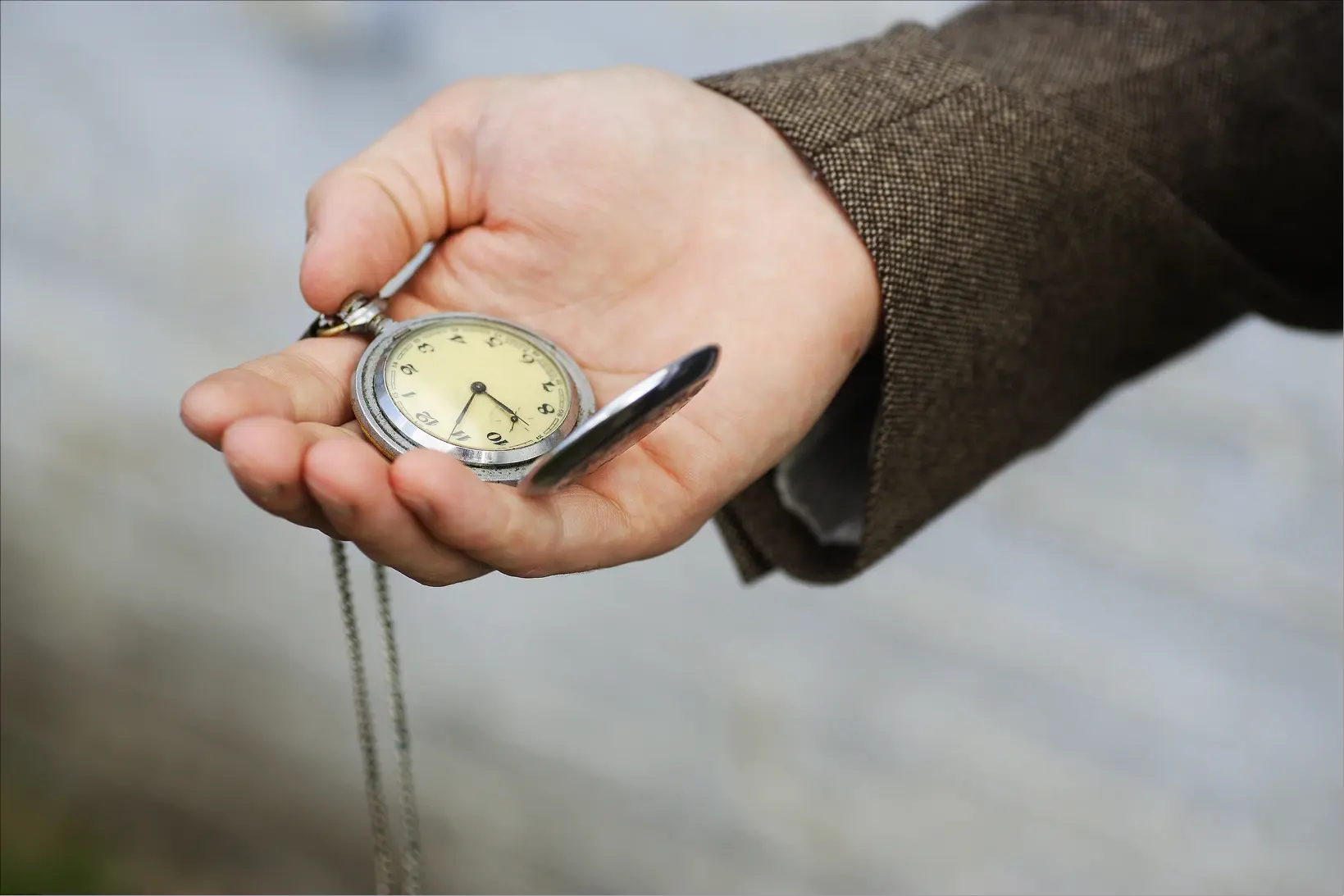
Before wristwatches, pocket watches reigned supreme. In the 18th and 19th centuries, these intricate devices were a symbol of status and refinement. Often adorned with engravings and housed in ornate cases, pocket watches reflected the artistry of their time. Precision mechanical movements made them reliable companions for those who could afford such luxuries.
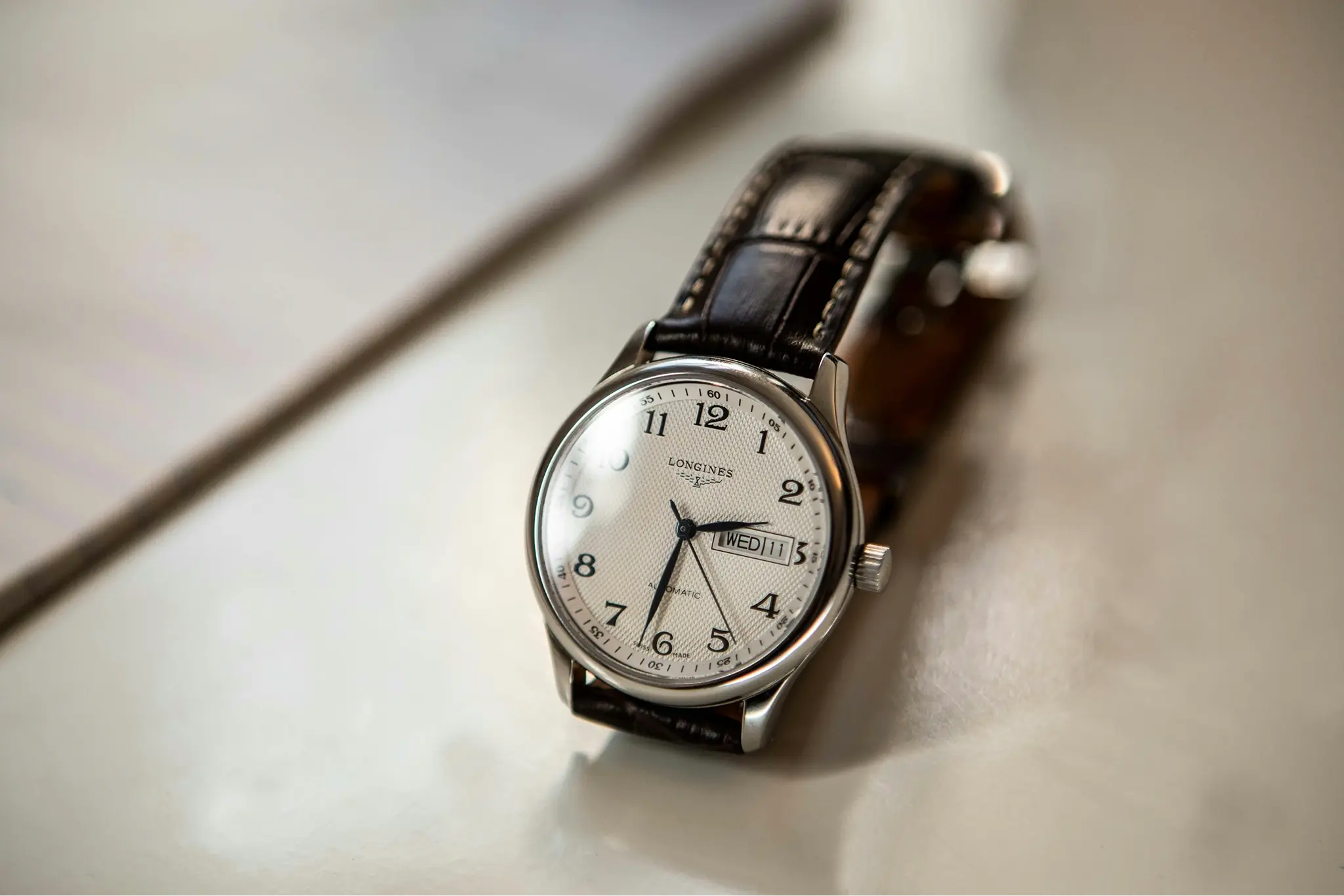
The early 20th century saw a shift to wristwatches, driven largely by World War I. Soldiers needed a more practical way to track time, and wristwatches offered the perfect solution. After the war, their popularity surged, with brands like Cartier and Jaeger-LeCoultre leading the charge. Wristwatches transitioned from utilitarian tools to fashionable accessories for men and women alike.
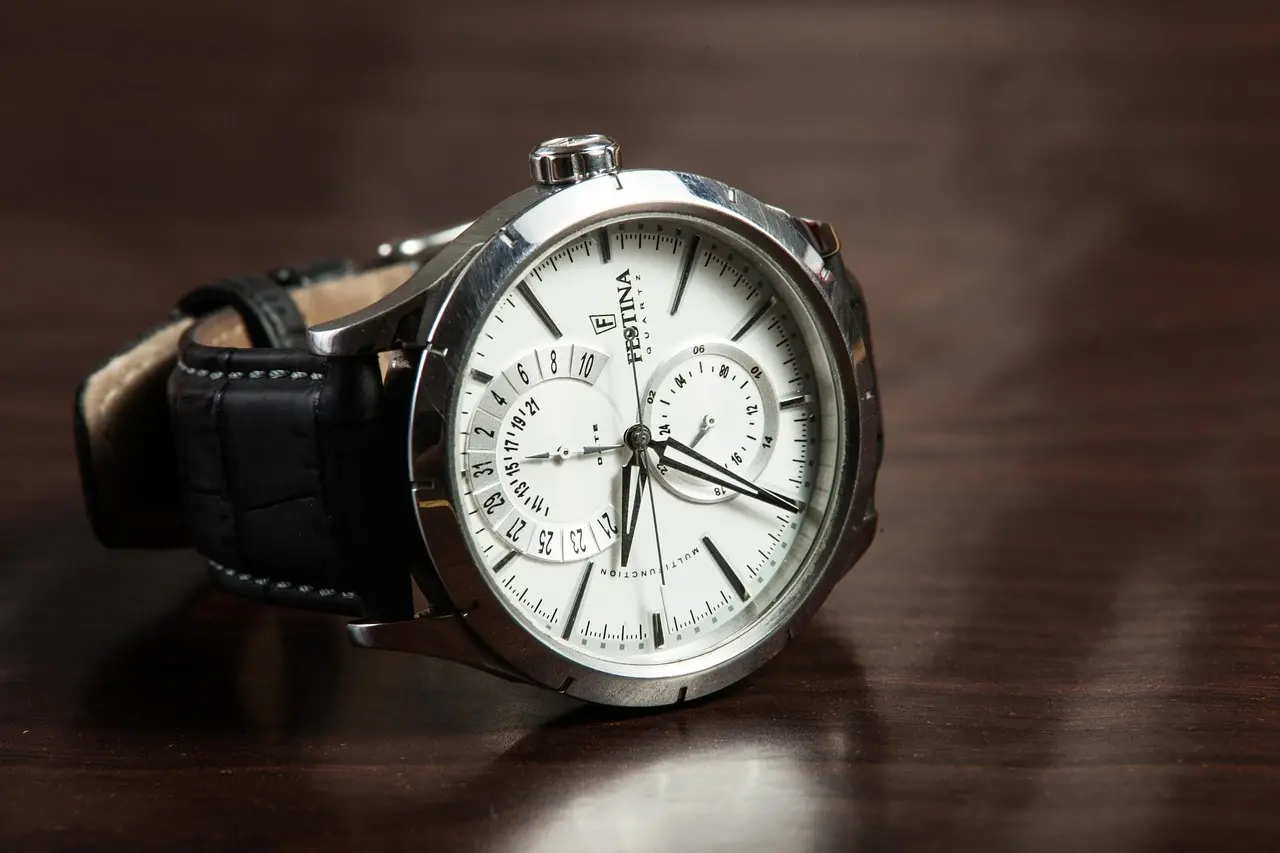
The 1950s and 1960s were a transformative period for wristwatches. Iconic brands such as Rolex and Omega introduced advancements like automatic movements, waterproof cases, and chronograph functions. These innovations cemented watches as both functional instruments and status symbols, with designs that remain timeless.
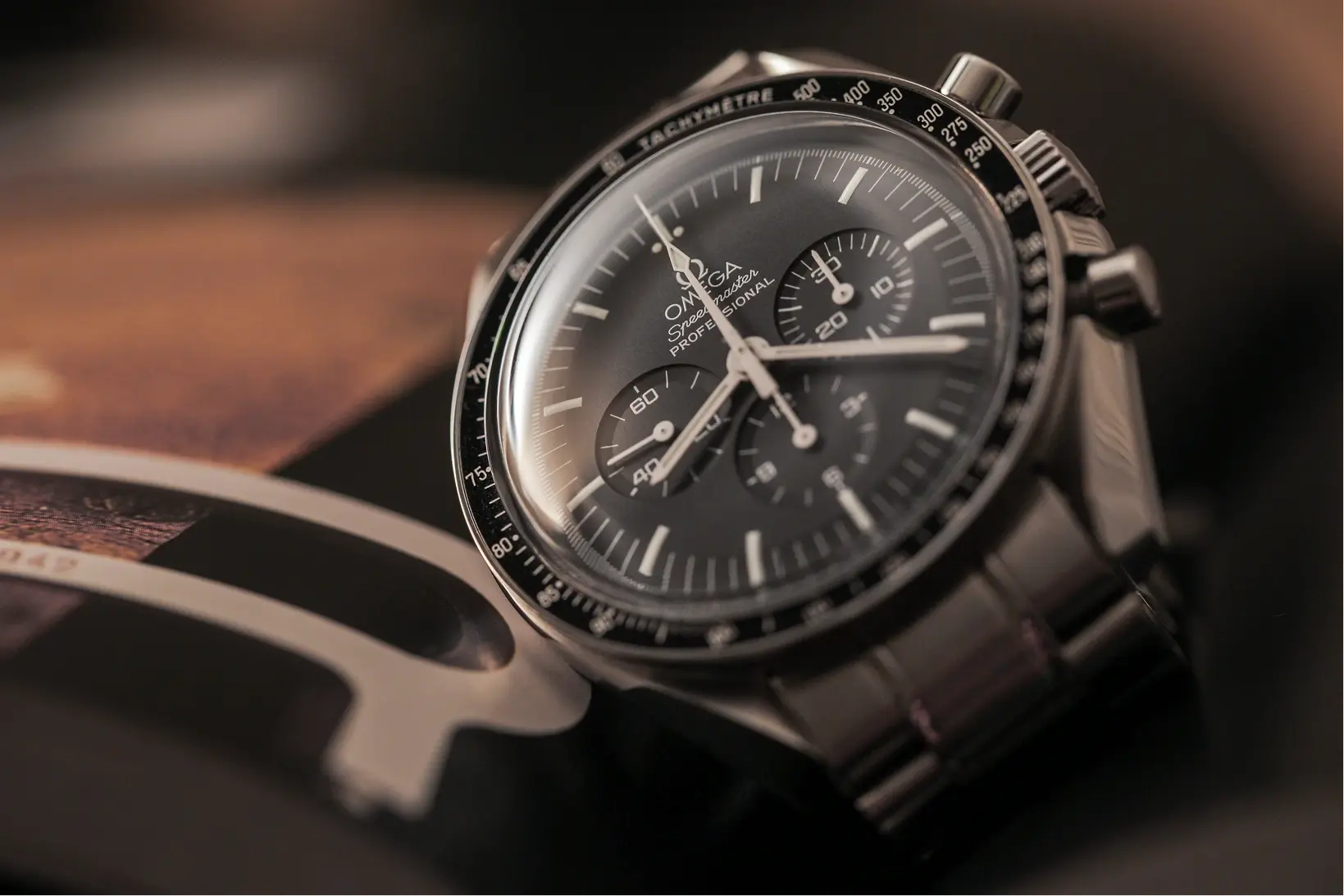
Each era left its stylistic mark. The Art Deco movement in the 1920s and 1930s brought bold geometric designs, while the mid-century space race inspired futuristic models like the Omega Speedmaster, worn on NASA’s Apollo missions. These cultural shifts added depth and diversity to vintage watches, making each piece a story in itself.
Understanding these historical milestones enriches the experience of collecting vintage watches. Each timepiece reflects not just the craftsmanship of its era, but also the cultural and technological achievements of the time.
Did You Know A Rolex Oyster Perpetual helped authorities solve a murder. By using the unique serial number engraved on the case and the internal service record marked on the inside of its case, investigators were able to trace the watch back to Ronald Platt, its last known owner. This vital piece of evidence identified the victim, showcasing how the detailed documentation and craftsmanship of vintage Rolex watches can offer more than timeless beauty—they can provide critical clues when least expected - Bobs Watches
One of the most crucial skills for any vintage watch collector is the ability to distinguish genuine timepieces from replicas or heavily modified versions. Understanding the key areas to inspect assists in keeping your collection authentic and valuable.
The movement, or internal mechanism, is the heart of any watch. Authentic vintage watches will often have movements engraved with the brand’s logo or a unique serial number. Cross-referencing these details with official brand archives can help verify their legitimacy. If the movement is missing markings or the engravings appear inconsistent, it may be a sign of tampering or replacement.
The dial is one of the most visible and telling features of a vintage watch. Genuine dials typically show signs of natural ageing, such as patina or minor discolouration, which collectors often value. Beware of dials that look too pristine for their age, as they may have been refinished or replaced. Pay close attention to the typography, logo placement, and spacing, ensuring they align with the brand’s historical standards.
The case protects the movement and contributes significantly to a watch’s authenticity. Original cases will feature the correct shape, finish, and engraving. Over-polished cases may lose their sharp edges and the clarity of their markings, reducing both value and historical integrity. Check the case back for brand engravings or serial numbers and compare these with the manufacturer’s records.
The hands and crown are smaller details that can indicate a watch’s originality. Replaced hands may differ in design or colour from the originals, while crowns that lack the brand’s logo may suggest a non-original part. Ensuring these components match the brand’s historical specifications adds to a watch’s authenticity.
When in doubt, consult a trusted dealer or professional watchmaker. These experts have the tools and experience to verify a watch’s authenticity. Reputable dealers often provide certificates of authenticity and detailed condition reports, giving collectors peace of mind before making a purchase.
By focusing on these critical areas and seeking expert advice, you can confidently identify genuine vintage watches and protect the integrity of your collection.
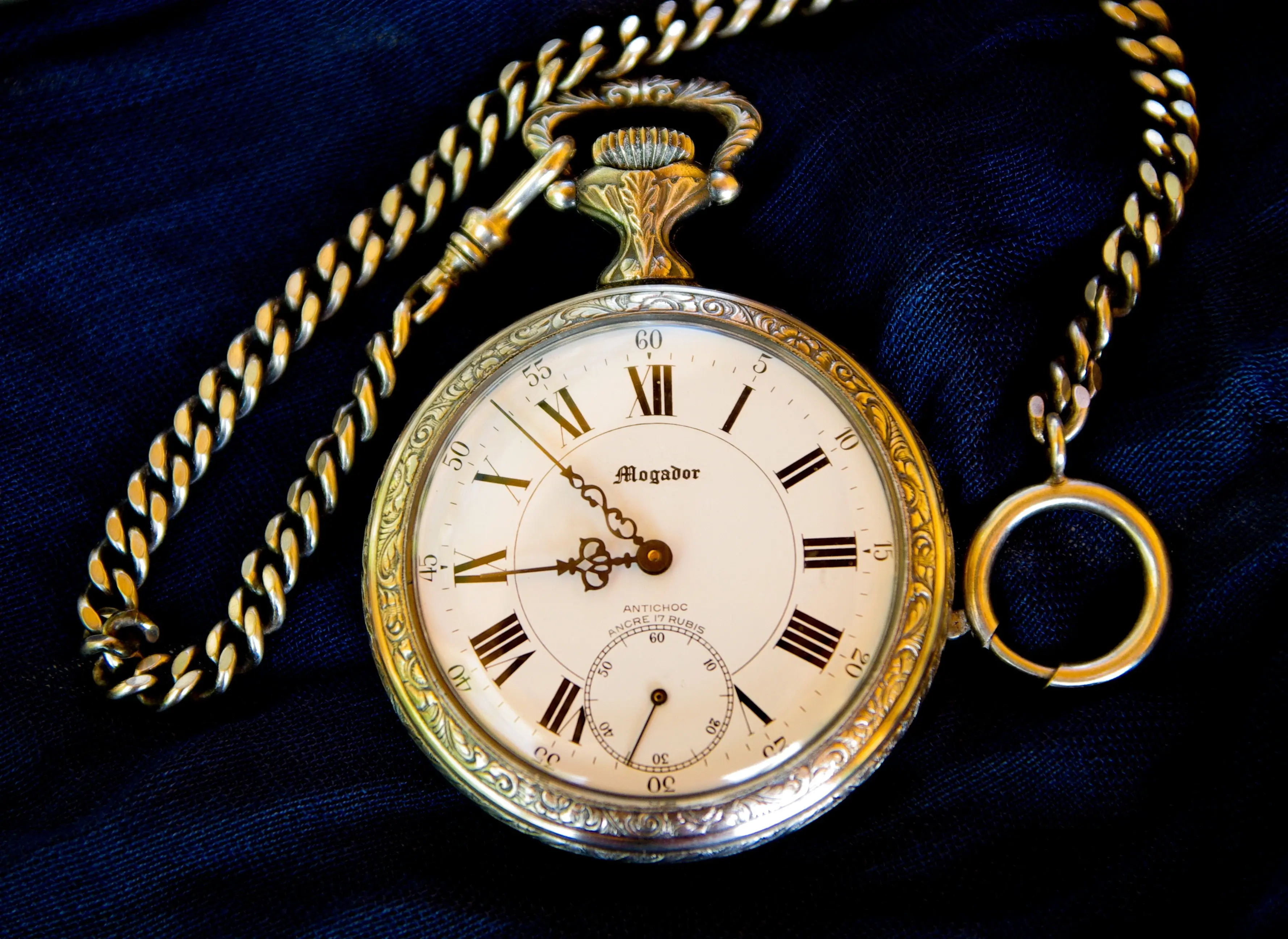
Vintage watches are far more than elegant timepieces—they can be valuable investments with rich histories and timeless appeal. Their value is determined by a combination of factors, making them coveted items for both seasoned collectors and newcomers to the field.
Brand reputation is one of the most significant contributors to a vintage watch's value. Renowned names like Rolex, Patek Philippe, and Omega are synonymous with exceptional craftsmanship and innovation, ensuring their timepieces remain desirable across generations. Within these brands, specific models—such as the Rolex Submariner, Omega Speedmaster, or Patek Philippe Calatrava—carry legendary status, further driving their demand and value.
Rarity also plays a crucial role. Limited-edition watches or those associated with significant historical events are particularly sought after. For instance, a vintage Omega Speedmaster connected to NASA’s moon missions holds not just monetary value but also cultural significance. Provenance, or a documented ownership history, adds another layer of allure, especially if a watch has ties to notable individuals or milestones.
Condition is equally vital in determining a watch’s worth. Timepieces that retain original parts and show minimal wear are typically valued higher. Even subtle changes, such as a refinished dial or replaced crystal, can impact their market value. Collectors are especially drawn to watches that have aged gracefully, showcasing authentic patina rather than excessive restoration.
Market trends and collector preferences also influence value. Certain models gain popularity due to their iconic designs or innovative features, while economic conditions can impact pricing. Staying informed about these factors ensures collectors make informed decisions, curating collections that balance personal significance with lasting worth. Vintage watches offer more than aesthetic beauty—they represent enduring legacies and thoughtful purchases.
Embarking on the journey of collecting vintage watches is both exciting and rewarding. With so many styles, brands, and eras to choose from, it’s important to approach this hobby with knowledge and strategy. Here are some key tips to help you build a collection you’ll treasure for years to come.
Start by defining your goals as a collector. Are you drawn to specific brands like Rolex or Omega, or do you prefer exploring lesser-known manufacturers with unique histories? Perhaps you’re interested in a particular era, such as the Art Deco designs of the 1920s or the space-age innovations of the 1960s. Having a clear focus will help guide your purchases and ensure your collection reflects your personal style and interests.
Next, take time to research and educate yourself about vintage watches. Familiarise yourself with hallmark features, such as movement types, case designs, and iconic models. Books, online forums, and reputable auction houses are excellent resources for learning about the nuances of vintage timepieces. Understanding what makes a watch valuable and authentic is essential for avoiding costly mistakes.
When you’re ready to buy, always source your watches from trusted sellers. Reputable dealers, established auction houses, and certified watchmakers can provide assurance of authenticity and condition. Ask for detailed documentation, including certificates of authenticity and service records, to support your purchase. Be cautious with online marketplaces unless the seller has a proven track record and positive reviews.
Finally, invest in the tools and care your collection will need. A quality watch box or safe will protect your timepieces from damage, while regular servicing by a professional will ensure they remain in top working condition. Building a collection isn’t just about acquiring watches—it’s about preserving their legacy.
By starting with a focused approach and prioritising quality and authenticity, you’ll create a vintage watch collection that reflects your passion and stands the test of time.
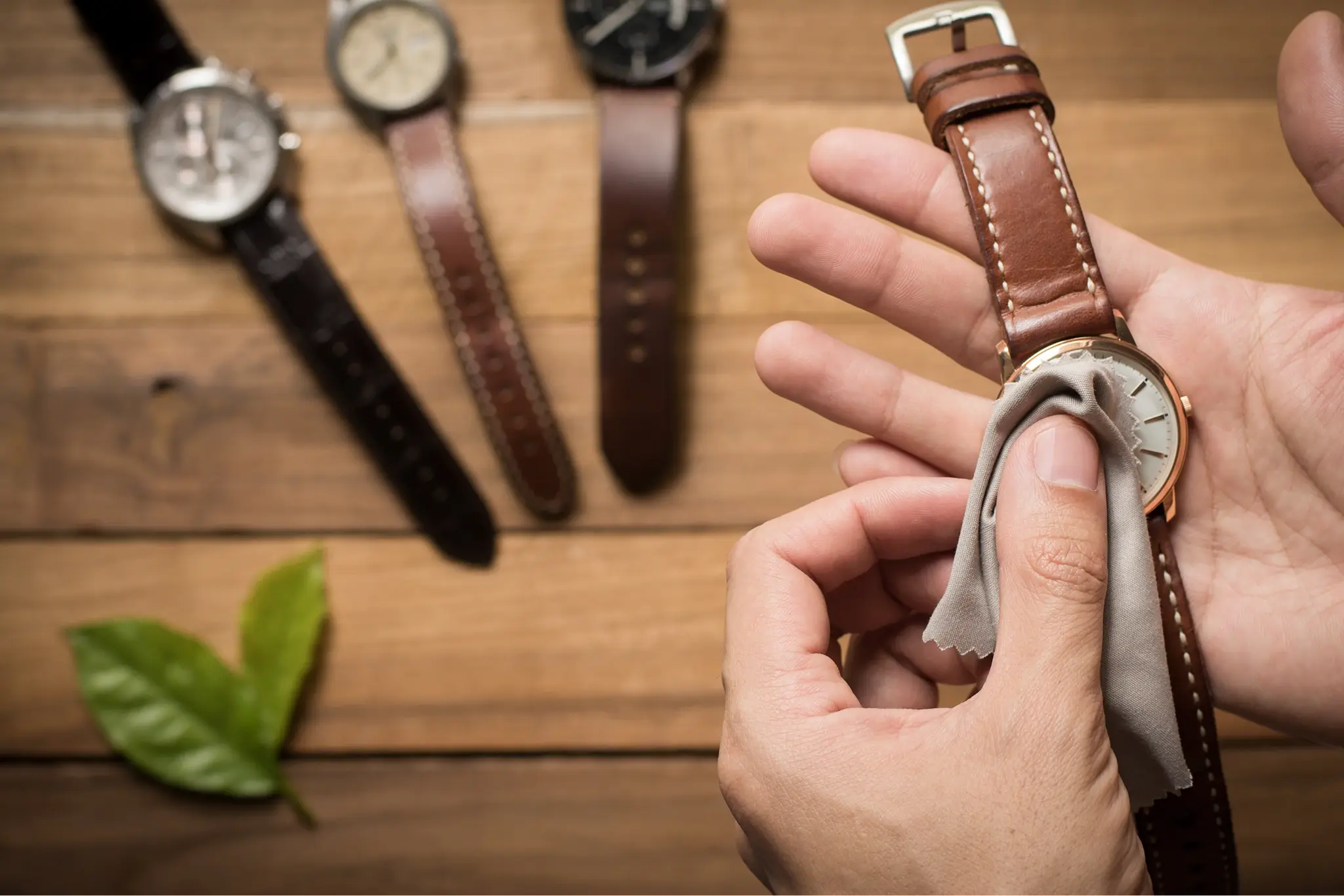
Owning a vintage watch is a privilege, but it also comes with responsibilities. Proper care and maintenance are essential to keep these delicate timepieces functioning and looking their best for years to come. Whether you wear them daily or keep them as part of a collection, preserving their condition is crucial for maintaining their value and charm.
Vintage watches can accumulate dirt and oils over time, which may affect their appearance and performance. Gently clean your watch with a soft cloth to remove smudges, and avoid using abrasive materials or harsh chemicals that could damage the case or dial. For deeper cleaning, consider professional servicing by an experienced watchmaker who specialises in vintage pieces.
Proper storage is key to preserving your watches. Store them in a cool, dry place away from direct sunlight to prevent fading or warping. A lined jewellery box or a dedicated watch case with individual compartments should protect your timepieces from scratches and dust. If you have multiple watches, storing them separately ensures they won’t accidentally damage each other.
Mechanical movements require periodic attention to prevent wear and tear. Experts recommend having your vintage watch serviced every three to five years, depending on its age and usage. During servicing, a professional can inspect the watch for potential issues, such as loose parts or worn-out seals, and address them before they cause significant damage.
While vintage watches are durable, they may not be designed for rigorous activity or exposure to water. Avoid wearing them during strenuous activities or in wet conditions unless the watch is specifically rated for water resistance. Mindful use helps maintain their longevity and value.
Vintage watch collecting is more than a hobby—it’s an art form that celebrates history, craftsmanship, and individuality. Each timepiece is a blend of engineering and storytelling, offering a glimpse into the past while holding its value for the future. From understanding the hallmarks of authenticity to appreciating the significance of iconic models, mastering the art of vintage watch collecting requires a thoughtful approach.
As you build your collection, the joy comes not only from owning remarkable timepieces but also from preserving their legacy. Proper care, regular maintenance, and tailored insurance ensure your vintage watches remain as timeless as the stories they carry.
Explore Q Report’s specialised watch insurance. Tailored for watches, Q Report’s policies cover your watch in case of loss, theft or damage. Get a Quote here and our team will be in contact to discuss your options to insure your vintage watch.
Whether you’re drawn to the elegance of a mid-century Rolex or the historical charm of an Omega worn on the moon, vintage watches are investments in both history and beauty. By following the insights in this guide, you can curate a collection that reflects your passion and stands the test of time.
While many vintage watches are durable, their suitability for daily wear depends on factors like water resistance, movement type, and condition. Watches designed for specific activities, like diving or aviation, may offer better durability. However, delicate vintage pieces with intricate movements or ageing components may be better suited for occasional wear.
Yes, certain styles, such as oversized cases, retro digital watches, and minimalist designs from the 1970s and 1980s, are experiencing a resurgence. Collectors are also showing increased interest in watches with unique complications, such as world timers or perpetual calendars, as well as rare coloured dials like tropical or faded blue.
Original packaging, such as boxes, papers, and accessories like spare straps or tools, can significantly enhance a watch’s value. These elements provide provenance and demonstrate that the watch has been well cared for. Collectors often seek out watches with complete sets, as they offer greater authenticity and appeal.
A vintage watch is typically 20-30+ years old but less than 100 years old, while an antique watch is 100 years or older. Vintage watches are often more wearable and collectible, featuring mid-century craftsmanship and early quartz or mechanical movements. Antique watches, usually pocket watches or early wristwatches, are rarer but often more delicate.
Joining online forums, social media groups, and local collector events can be a great way to connect with other enthusiasts. Communities like Watchuseek and the Vintage Rolex Forum allow collectors to share knowledge, discuss trends, and even buy or sell pieces in a trusted space. Attending watch fairs or auctions also provides opportunities to meet experts and expand your network. You can also search online marketplaces such as Chrono24 to search for vintage watches when they are available.
This article is advisory in nature and is offered as a resource to be used together with your professional insurance advice. It is an overview only and is not intended as a substitute for consultation with your insurance advisor or other professional advice.
To get an accurate insurance quote, please provide the amount from your purchase receipt.
Don't have the receipt?
If you don't have the receipt, you can provide the most recent valuation amount instead.
Are you dreaming of building a classic watch collection? With so many iconic .
Step into the world of horological excellence where Swiss craftsmanship reigns .
For over a century and a half, Longines watches have captivated collectors with .